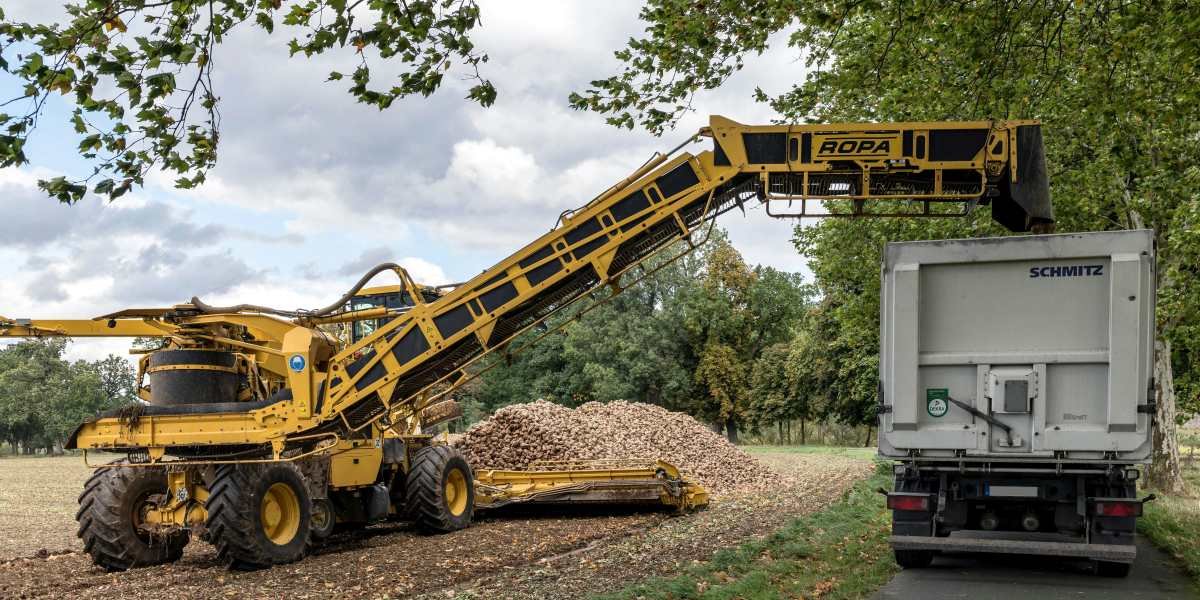Should Owners Sell Or Keep Vintage Cars In Today’s Market
Owning a vintage car often carries both personal and financial considerations. A “vintage car” here means an older vehicle that’s valued for its age, rarity or historic interest. For many people, this raises the question: is the car best kept, or is it time to sell? The decision can feel complex because the car represents more than just a machine—it may reflect memories, enjoyment, and cost. The purpose of this article is to break down the decision into manageable steps, so the owner can feel more confident about how to act.
The cost and value of a vintage car depend on several factors. Some vehicles appreciate over time, others hold steady or even decline in value depending on condition or market interest. For readers in the U.S., the key is to understand three core areas: market value and maintenance cost, personal use versus investment potential, and timing versus holding strategy. By examining these areas one by one, the decision to sell or hold becomes clearer.
The tone is calm and neutral—not pushing one direction or the other. Every car and owner will have different priorities. Some may derive pleasure from driving or showing the car. Others may view it mainly as an asset. Recognising the different motivations helps avoid doubt or anxiety about the “right” path. What matters is matching the decision to personal goals and objective data. The sections that follow explain the considerations step by step.
Assessing Market Value And Ongoing Costs
Before deciding whether to hold or sell a vintage car, it is helpful to estimate its current value and future costs. Market value refers to the price a willing buyer would pay today for the car in its current condition. Some data on collectible car markets suggest historic vehicles have shown resilience. For example, research shows that the classic-car market has experienced relatively low maximum annual value losses compared to other asset classes. The estimate of maintenance cost includes storage, insurance, repairs, and depreciation on components.

Photo Credit: Unsplash.com
An owner might consider the car’s recent costs, including any major restoration work. If the car has required frequent repairs or major part replacements, those costs reduce the net value. On the other hand, if the vehicle is well-maintained and historically popular among collectors, it may hold value better. Experts note that originality, rarity, and condition are key determinants for value in this market. A car that lacks these features may be less likely to appreciate.
Another factor in ongoing costs is the trade-off between use and preservation. If the car is driven regularly, wear and tear increase; if it is stored and seldom driven, storage costs and preservation become the concern. Recognising these cost components helps an owner compare the cost of selling now with continuing to hold the car. If maintenance and preservation costs are high relative to value growth, selling might appear more favourable. If costs are modest and personal enjoyment is high, holding may align better with personal goals.
Considering Personal Use Versus Investment Potential
A vintage car often blends personal enjoyment with investment potential. Personal use means the owner derives value from driving, showing or simply owning the car. Investment potential refers to the owner’s expectation that the car’s value will increase and yield a positive return. It is helpful to separate these two motives and ask which is stronger for the owner.
If the car is used frequently for shows, drives, or remains part of the owner’s lifestyle, then the personal-use value may outweigh purely financial measurement. In that case, keeping the car may make sense even if the resale value is modest. The enjoyment derived can justify the ongoing cost. Conversely, if the car is seldom driven and stored purely for value, then it may be more like an investment asset requiring active value monitoring.
Collectors and analysts caution that vintage-car value is not guaranteed and its liquidity (ease of sale) may be lower than stocks or real estate. ([turn0search8]) If the owner’s priority is more financial than sentimental, then assessing market-demand, rarity and timing becomes more important. If demand is strong and the car is in the “sweet spot” of collector interest, selling might yield a favourable outcome. If demand appears weak, holding may allow time for market conditions to improve.
Evaluating Timing And Market Conditions
Timing often matters when deciding to sell or keep a vintage car. Market conditions for collectible vehicles fluctuate based on interest from buyers, economic climate, and supply of similar cars. For example, some studies on collectible cars suggest relative stability and less dramatic drawdowns compared to some financial assets. ([turn0search2]) Still, markets for vintage cars can be less transparent and more niche, so awareness of demand signals matters.
An owner considering a sale should check recent auction results or sales of similar models. If a particular make or model is receiving strong interest, the current value may be near a peak. If not, waiting might allow value improvement. However, holding indefinitely also carries risk of condition deterioration or unexpected cost. The decision to hold should factor in the expected holding period, potential increase in value, and additional costs associated with holding.
For an owner who decides to hold, tracking changes in value, maintenance requirements and market demand helps ensure the decision remains aligned with goals. For the owner who leans toward selling, preparing the car (documentation, condition, market exposure) can improve sale outcome. Recognising that the outcome is uncertain helps keep expectations realistic and avoids the stress of waiting indefinitely for an ideal price.
Making The Decision Based On Goals And Flexibility
The choice to sell or keep a vintage car comes down to matching the decision to the owner’s goals, costs and timeframe. If the goal is enjoyment and the owner is comfortable with the maintenance cost, holding may make sense. If the goal is to reallocate funds or reduce risk, selling may be more appropriate. Recognising one’s priorities helps align decisions with long-term comfort rather than anxiety.
Flexibility matters. An owner should revisit the decision periodically. As market conditions shift, costs rise or the owner’s motivation changes, the balance between keep and sell may tilt. When a car shifts from regular use to rare use or vice versa, the value proposition may change. Being open to review means the owner is less likely to feel locked into a choice.
In essence, there is no universal answer. Each owner’s circumstances, motivations and market context are different. By assessing market value, use-versus-investment motivation, timing and personal goals in a calm, systematic way, the decision becomes more of a thoughtful alignment rather than a stressful gamble.







